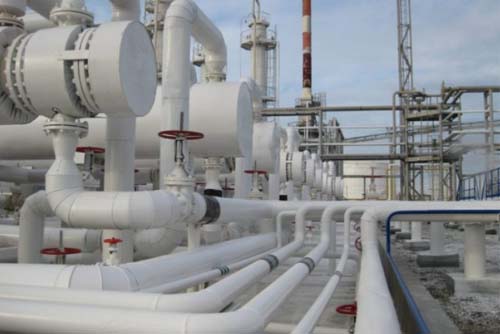
Industrial valves play a crucial role in controlling and regulating the flow of liquids, gases, and other materials in various industrial processes. From simple on-off valves to more complex control valves, the world of industrial valves is constantly evolving with new technologies and innovations. As industries strive for greater efficiency, safety, and sustainability, the demand for advanced industrial valves continues to rise. In this article, we will explore the latest trends in industrial valves supply, from the basics to breakthroughs.
One of the fundamental aspects of industrial valves is their classification based on their function. On-off valves are the most basic type, simply allowing or stopping the flow of materials. These valves are commonly used in applications where a full flow is required, such as in pipelines or tanks. However, advancements in technology have led to the development of more sophisticated control valves that can modulate the flow rate, pressure, or temperature of the material passing through them. Control valves are essential in processes where precise control and regulation are necessary, such as in chemical processing, power generation, and oil and gas production.
Another trend in industrial valves supply is the increasing use of smart valves equipped with sensors, actuators, and communication capabilities. These smart valves can provide real-time data on the valve's performance, operating conditions, and maintenance needs. By leveraging this data, industries can optimize their processes, improve efficiency, and prevent costly downtime. Smart valves also play a crucial role in the era of Industry 4.0, where automation, connectivity, and data-driven decision-making are driving significant advancements in industrial operations.
Furthermore, environmental concerns and sustainability goals are driving the demand for eco-friendly and energy-efficient industrial valves. Manufacturers are developing valves that minimize leakages, reduce energy consumption, and lower greenhouse gas emissions. For example, low-emission valves with advanced sealing technologies help prevent fugitive emissions of harmful gases, ensuring a safer working environment and reducing environmental impact. Additionally, energy-efficient valves with improved flow characteristics can help industries reduce their energy costs and carbon footprint.
In the realm of materials and construction, a notable trend in industrial valves is the increasing use of corrosion-resistant and high-performance materials such as stainless steel, titanium, and ceramics. These materials offer superior resistance to harsh chemicals, high temperatures, and extreme pressures, making them ideal for demanding industrial applications. In addition, advancements in additive manufacturing technologies, such as 3D printing, are enabling the production of complex valve components with enhanced performance and durability. Additive manufacturing allows for the customization of valve designs, rapid prototyping, and cost-effective production of small batches.
Moreover, the rise of the Internet of Things (IoT) and digitalization is revolutionizing the way industrial valves are monitored, controlled, and maintained. IoT-enabled valves can be remotely monitored and controlled through cloud-based platforms, allowing for predictive maintenance, condition monitoring, and optimization of valve performance. By collecting and analyzing data from sensors embedded in the valves, industries can identify potential issues before they escalate, schedule maintenance activities proactively, and extend the lifespan of their equipment.
Another significant trend in industrial valves supply is the focus on safety and reliability. Valves are critical components in industrial processes, and any malfunction or failure can result in costly downtime, equipment damage, or safety hazards. Manufacturers are investing in technologies such as fail-safe mechanisms, redundant systems, and diagnostic tools to enhance the reliability and safety of industrial valves. Additionally, certifications and compliance with international standards are becoming increasingly important, ensuring that valves meet stringent quality, performance, and safety requirements.
In conclusion, the world of industrial valves is experiencing rapid advancements driven by technological innovations, sustainability goals, digitalization, and safety requirements. From the basics of on-off valves to the breakthroughs in smart valves and advanced materials, the latest trends in industrial valves supply are shaping the future of industrial processes. As industries continue to evolve and strive for greater efficiency and sustainability, the demand for innovative and reliable industrial valves will only continue to grow.
Share this post: on Facebook on Google+